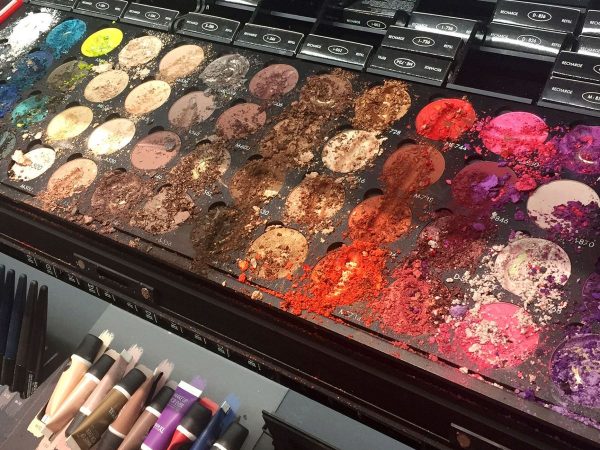A Complete Guide to Selling Clothes Online
Are your closets overflowing with clothes you don’t wear? Do you have boxes of stuff that you never ever use? Do you ever think about spring cleaning AND making money at the same time? I did! About nine months ago, I noticed my closet had hit the limit. I had racks and shelves of sweatshirts, sweatpants, dresses, and more, but I still wanted new clothes. I put my industrious brain to work and decided to try my hand at selling my clothes on online resale sites. Flash forward to the present, and I have a thriving business on the app Poshmark and have made close to $2,000. While it definitely takes hard work and persistence, anyone can be successful in online resale. So here is my complete 4-step guide on how to sell your clothes online and make the most money possible.
Step 1: Choose what site you want to list your items on. While there are tons of sites to sell on, there are four frontrunners:
Poshmark: This is my personal favorite because there is such a vast variety of styles, sizes, and categories on the site. The items I have listed and sold range from infant to senior. It also has the largest user base at 80 million.
Depop: This site is more focused on thrifty finds. It is the go-to spot for all indie and 2000s attire and has a loyal user base.
Mercari is a great spot to sell more than just clothes. Books, toys, and electronics are popular as well, but the user base is merely an eighth of Poshmark’s.
Curtsy is the spot to sell higher-end clothes. It has the least number of users out of the four but the most loyal users. It is generally focused on upscale and preppy brands, but you can sell lower-end clothing there as well.
Take a look at what you have in your closet and strategically decide where your style fits best. You can always test the waters on a few sites and see which gets the most traction and then focus there
Step 2: List the clothes. When listing an item, there are many factors to consider. The first is photography. Leverage good lighting and a plain background when taking your pic. The better the lighting and the simpler the background, the more likely the item is to catch a shopper’s attention. Next is pricing. When pricing the item, consider the quality, the original price, if the item has tags or not, and the item’s brand. From there, determine a shipping strategy. I have found that, at times, pricing an item higher and offering free shipping has resulted in greater sales than a lower price and shipping charges. Next is your listing’s description. When coming up with a caption, use as many keywords as possible that would drive a shopper to the item, and make sure to list any flaws. If the item is in perfect condition, new without tags, never worn, or new with tags, make that very clear.
Step 3: Shipping out your sales. All of the sites will automatically provide the seller with a shipping label to print out. It is important to make sure that it is securely taped and that there are no marks on the label that will hinder its ability to ship. Another thing is to make sure you have shipping materials readily available. I ordered a pack of 150 poly mailers from Amazon for pretty cheap. There are tons of cute designs that will be sure to boost your reviews and catch shoppers’shopper’s attention. Get your packages in the mail as soon as you make a sale. Most sites will cancel orders if they aren’t shipped after one week, which is why it is critical to have your shipping materials and printer paper stocked at all times.
Step 4: Develop an offer strategy. I love pricing my items high, and once they get a lot of likes and traction, I send private offers to the likers. This personal touch makes them more likely to buy. It can be tempting to make the process easy on yourself and to just accept offers that likers send to you. If you get a good offer, go ahead and accept, but if it is lower than half the price you listed it at, then it isn’t worth your time. I like to use the counteroffer tool in these instances. I can use the tool to counter their offer with a price that is higher than their offer but lower than the original (although I keep it barely lower). I have found that much of the time, the shoppers will accept the offer because they are just happy that they received a private offer at a lower price. Another strategy to move your inventory is special sales. During holidays like Black Friday and New Year’s, I will put on a closet-wide sale. I may offer 10% off my whole site or purchase two or more items to save a percentage. Every shopper loves a deal, and if you are looking to move large amounts of inventory, special sales are a great way to go.
Overall, selling items online can be a very hard and a time-consuming process. If all the steps in this guide are used, it will make the hard process a lot easier and more profitable. Good luck selling!












